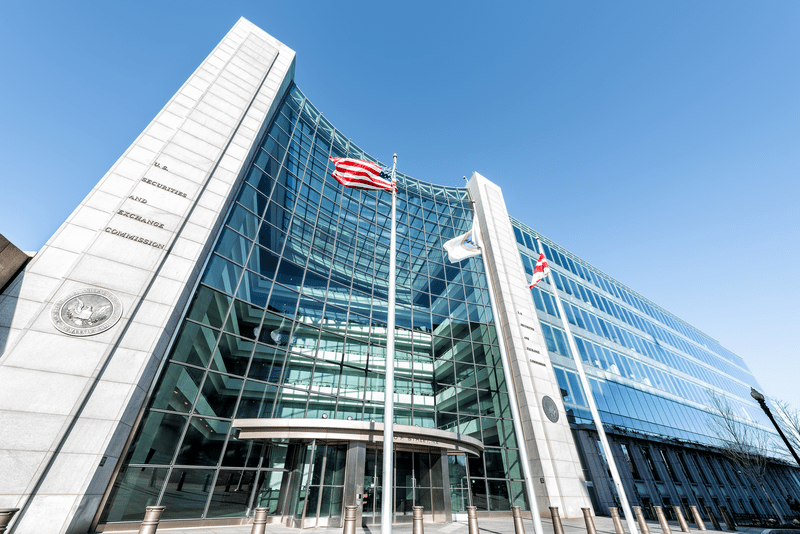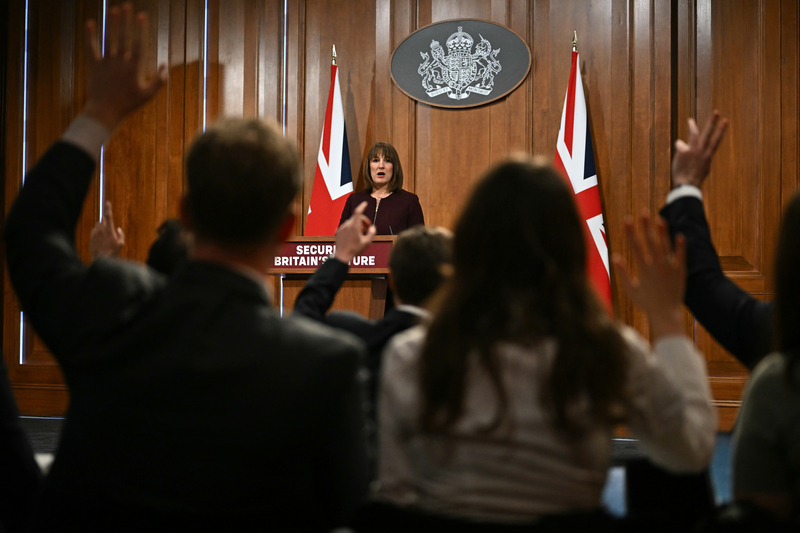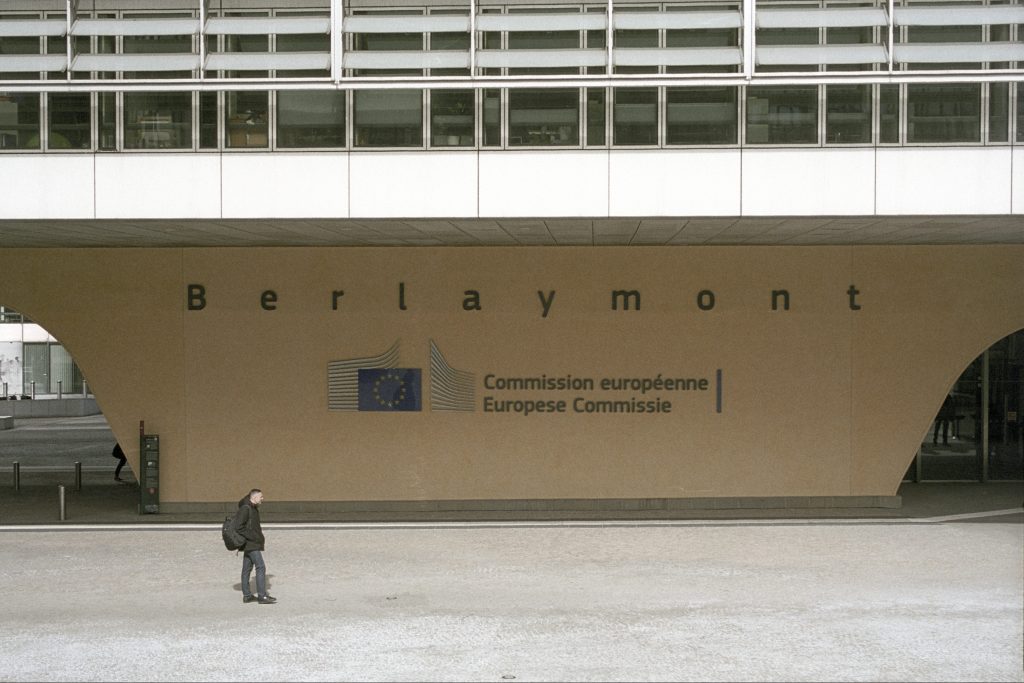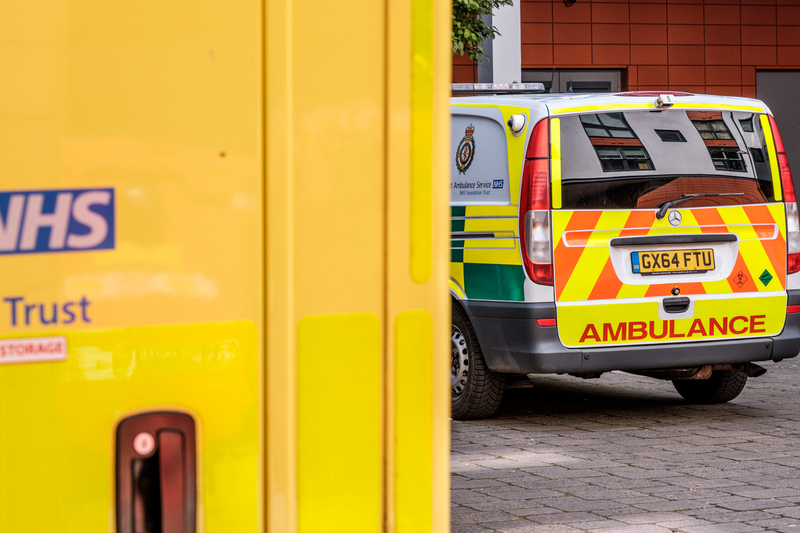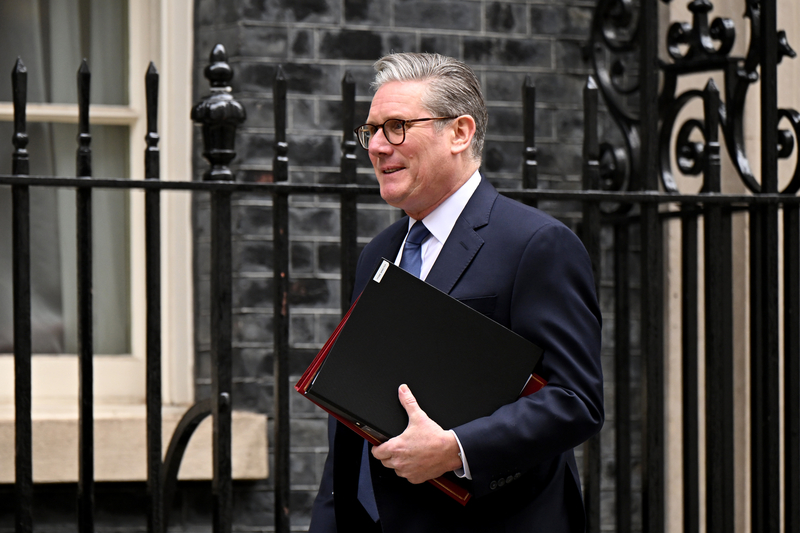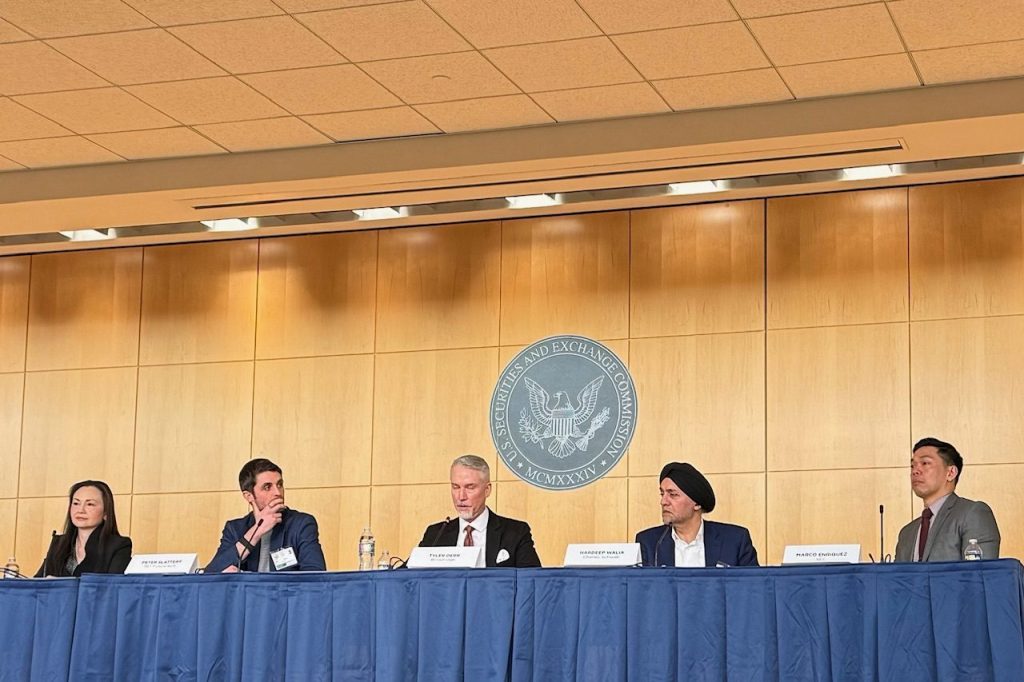The latest UK Finance Payment Markets Report, produced in collaboration with Accenture, found the total number of payments made in the UK in 2023 increased by 5% to 48.1 billion with 38% of payments made contactless. Adrian Buckle, head of research at UK Finance, said: “Mobile contactless payments are growing fast and one third of adults are now making these at least once a month, with scope for usage to increase further.”
The number of cash payments fell to six billion, with cash representing just 12% of all payments made in the UK. Faster Payments overtook Direct Debit to become the third most used payment type in the UK in 2023.
Consumers made 85% of the total number of payments (41 billion) with businesses (commercial firms, government, and not-for-profit organisations) making the other 15% (7.1 billion payments). Buckle said there is a huge amount of choice available to consumers in terms of how they make payments, adding: “We can definitely see the continued popularity of debit cards and contactless. This has been driven both by consumer demand as well as new technologies which help to increase acceptance levels, particularly among small and mobile businesses.”
The following chart shows payment volumes across different payment methods from 2013 to 2023.

Spending data over recent years suggests that there has been a shift towards consumers making a greater number of transactions that are each worth a lower individual amount, albeit without necessarily increasing the overall amount spent. Anecdotal evidence from the report suggests that this trend is caused by increased numbers of shopping trips, the transition to hybrid working, the use of multiple bank accounts, and the increased use of Buy Now Pay Later (BNPL) services.
Credit and debit cards
Debit cards remain the most popular payment method, accounting for 51% of all payments made in 2023. They are the most used payment method amongst UK consumers across all age groups.
Card volume increases were driven by several factors, with much of the trend towards an increased number of lower value payments being focused on consumer retail card spending. Beyond this, migration from cash towards cards continues, as does the trend of small businesses increasingly accepting card payments.
On the credit card side in particular, deferred expenditure following the pandemic may still have been affecting spending during 2023, with people spending on summer holidays, home renovations or other big-ticket items that they did not purchase during lockdowns, said the report.
Contactless and mobile contactless payments
The report found that usage of contactless and mobile contactless payments continued to increase.
During 2023, there were 18.3 billion contactless payments made in the UK, an increase of 7% (2022: 17 billion). In total, contactless payments represented 38% of all payments made in the UK. This covers both the use of physical cards and cards loaded onto mobile phones or other devices, such as watches, which are then used to initiate contactless payments.
Looking specifically at mobile contactless payments, there was a marked increase in the number of people who reported being registered for mobile contactless payments (for example Apple Pay or Google Pay). the figure is now 42% of the adult population, up from 30% in 2022.
In terms of usage, one third (34%) of adults used mobile contactless payments at least once a month in 2023.

Mobile contactless payments benefit from additional security features, such as biometric authorization of individual payments, and do not have upper value limits on the amount of an individual payment (currently £100 ($129)) for contactless payments made using a physical card).
Given that mobile phone penetration is above 90% in the UK, there is room for mobile contactless payments to continue to increase in usage, although UK Finance expects that this is mainly likely to be reflected in a migration of payments from contactless cards to mobile contactless devices.
Cash
The volume of cash payments made in the UK during 2023 fell by 7% to six billion payments (2022: 6.4 billion). The number of cash payments rose during 2022 for the first time in a decade but has now fallen back to roughly where it was in 2021.
Cash accounted for 12% of all payments made in the UK during 2023, down from 14% in 2022.
Almost four out of 10 UK adults (39%) were living largely cashless lives during 2023. However, the number of people mainly using cash in 2023 rose to 2.6% of the population – an increase from 1.7% in 2022.
Overall, cash remains the second most frequently used payment method in the UK, although that varies slightly by age. Buckle was keen to point out that this doesn’t mean the UK will become a cashless society in the near future. “Cash is still the second most frequently used method of payment in the UK, although on the whole we are using it less and more people are leading largely cashless lives”, he said.
Remote banking
Remote banking (online, mobile, or telephone) remained popular in 2023, with 87% of adults using at least one form of remote banking.
Mobile banking use increased from 53% to 60%, while online banking (via a computer) fell from 65% to 62%. This reflects the fact that some people are now conducting all of their banking via their mobile device, without the need to visit the full website of their account provider.
If the current trends continue, mobile banking is likely to become the most used remote banking service in the coming years.
Forecasts to 2033
UK Finance said that over the next decade, debit card payment volumes are forecast to continue to increase. This growth will be driven by the continuing rise of contactless payments, the ongoing growth of online shopping and ever-increasing levels of card acceptance amongst businesses of all sizes. It is forecast that over 31 billion payments will be made using debit cards in 2033.
The number of cash payments is expected to continue the long-run declining trend seen in recent years, as consumers continue to turn to alternative payment methods. However, the rate of decline is expected to slow as use becomes concentrated among people who have a strong preference for cash. UK Finance forecast that there will be around 3.4 billion cash payments made in the UK in 2033, accounting for around 6% of all payments.
Buckle said: “Over the next decade we forecast that the long run trend of a decline in cash use and growth of certain other payment methods such as cards and Faster Payments, will continue. We also expect to see further developments in the payments landscape that improve the customer experience.”
Sulabh Agarwal, Global Payments lead at Accenture, said: “The best payments system is the one that feels invisible to the consumer – something that’s secure, intuitive and doesn’t require any extra consideration. Just as credit and debit cards once offered consumers a more seamless option than cash or cheques, contactless and mobile payment methods like digital wallets are quickly gaining market share. To preserve and grow their traditional payments revenue streams, UK banks must learn from the successful customer offerings and business models in Latin America and South East Asia, where these methods are more widely used.”


